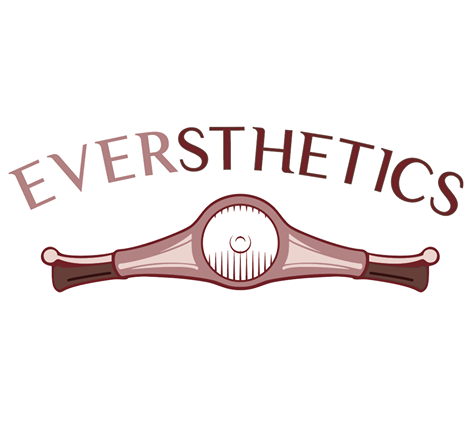In today’s rapidly evolving landscape, where technology, business, and art converge in unprecedented ways, the concept of emotional and aesthetic design has never been more relevant. Recently, I had the privilege of attending a summer school program centered on Innovation, Technology, and Culture, organized by Onassis ONX and ACE, in partnership with NYU Tandon School of Engineering and the University of the Aegean. Among the many thought-provoking sessions, one presentation on emotional and aesthetic design stood out to me. It didn’t just expand my understanding of design principles, especially in animation—it ignited new ideas about how these concepts can be applied to everyday aesthetics, an area that’s increasingly important to me both personally and professionally.
Understanding Emotional and Aesthetic Design
What is Emotional Design?
At its core, emotional design is about crafting products, services, or experiences that resonate on a deeper emotional level with users. This approach is particularly powerful in fields like animation, where the goal isn’t just to create visually appealing characters, but to forge a connection with the audience. Through thoughtful design, we can evoke a range of emotions—joy, nostalgia, excitement—that elevate the user experience from mere functionality to something far more meaningful.
The Role of Aesthetic Design
While emotional design is focused on the feelings a product evokes, aesthetic design is about its visual and sensory appeal. It’s how something looks, feels, and even sounds—and how these elements combine to shape our overall experience. Aesthetics are crucial in forming first impressions and in how we interact with objects and environments over time. A well-designed item or space doesn’t just serve a purpose; it creates a sense of beauty and significance that enhances the user’s experience.
Insights from the Presentation
During the summer school, the session on emotional and aesthetic design offered deep insights into the process of creating characters in animation that engage viewers emotionally. The speaker emphasized how every detail—from facial expressions to color choices—is carefully selected to evoke a specific emotional response. One particularly striking example shared was an animated character whose simple yet expressive design communicated curiosity, determination, and even a touch of mischief.
The image I captured during this presentation perfectly encapsulates this idea. It shows the evolution of a character from a basic sketch to a fully rendered design, highlighting how thoughtful aesthetic and emotional choices can breathe life into a concept. This transformation, from a few lines on paper to a character that feels alive, underscores the power of these design principles.
Application Beyond Animation
What truly resonated with me was how the principles discussed could be applied far beyond the realm of animation. Imagine designing everyday objects, spaces, or experiences that don’t just fulfill their functional roles but also evoke emotions and create connections. In product design, for example, items that users feel emotionally attached to can lead to a more meaningful and satisfying experience. Similarly, in digital media, aesthetic principles can enhance user engagement by making content not only visually appealing but emotionally resonant.
Personal Reflection and Inspiration
As someone who deeply values everyday aesthetics, this presentation was particularly inspiring. It pushed me to think about how I could apply these principles not only in my professional life but also in my personal surroundings. Whether it’s designing a workspace that fosters creativity or choosing products that spark joy, the potential to enhance our daily experiences through emotional and aesthetic design is immense.
Looking Ahead: Bringing These Concepts to You
This experience also reinforced the importance of cross-disciplinary collaboration in driving innovation. By blending insights from design, technology, and the everyday, we can create products and experiences that are not only functional but also deeply meaningful. This realization has inspired me to share these insights more broadly through workshops that explore the intersection of emotional and aesthetic design with everyday aesthetics. So whether you’re a designer, an entrepreneur, or simply someone interested in enhancing the quality of your daily life, these sessions will offer practical tools and creative inspiration. By participating in these workshops, you’ll not only gain a deeper understanding of how to create more meaningful and beautiful experiences in your personal and professional life, but you’ll also join a community of like-minded individuals who are passionate about design, innovation, and aesthetics.
Conclusion
The session on emotional and aesthetic design provided valuable insights into how design can evoke emotions and create meaningful experiences. By applying these principles to everyday aesthetics, we have the opportunity to enrich our lives and enhance our interactions with the world around us. I encourage everyone to consider the emotional and aesthetic qualities of the objects and environments they engage with every day. Often, it’s the small, thoughtful details that have the greatest impact on our well-being and happiness.
This journey has equipped me with new knowledge and inspired me to approach everyday aesthetics with a renewed perspective—one that values both functionality and emotional connection. As I move forward, I’m eager to see how these insights will shape my work and help create more meaningful and beautiful everyday experiences. And I invite you to join me in this exploration by attending my upcoming workshops, where together we can turn these insights into tangible, everyday applications that truly enhance our lives.







Leave a Reply